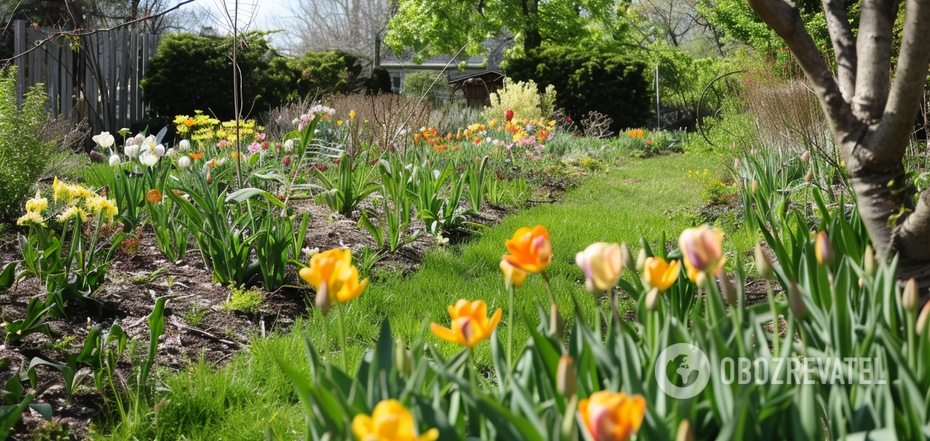Lifestyle
How to protect plants in the garden from frost: effective ways
In the spring, when it seems to be warm outside, sudden frosts can be a real disaster. The cold air can damage or even completely destroy plants, significantly reducing the yield.
Fortunately, experienced gardeners have already found ways to protect their gardens and vegetable gardens from the cold snap. The GradinaMax publication tells about them in more detail.
The weather forecast does not always accurately predict the air temperature, but there are several ways to determine whether you need to prepare for sudden spring frosts.
One of the harbingers of cold weather is complete calm and fairly clear weather. Clouds usually keep warm air above the ground, so as soon as they disappear, the risk of frost increases.
Evening temperature drops to +10 and below, as well as a large difference between day and night temperatures, also indicate that a cold snap will soon occur.
Fire
A fire is not the safest, but the most effective and proven way to protect your plants from frost. It should be placed so that the smoke seems to envelop your garden.
The smoke, as a rule, creates its own microclimate, where the temperature practically does not fall below +2 degrees.
As a rule, gardeners prepare straw, sawdust, dry branches, or dried mullein for the fire in advance. They make a pile 120 cm wide and 50-75 cm high and place the most flammable materials in the center. Around the fire, at least 50 cm of soil should be dug up. This is done to ensure fire safety.
Dry grass and wet straw are also often used, and all this is lightly sprinkled with earth or sand so that there is a lot of smoke and little flame.
Agrofiber
Low-growing bushes and trees can be protected from frost with agrofibre so that it does not touch the branches. Arcs should be installed over the beds and covered with this material.
The edges of the agrofiber should be pressed down with something heavy, such as a brick, so that the wind does not blow the shelter away. If the frost has already arrived and you don't have any special material, you can cover the plants with improvised means, such as blankets, carpets, oilcloths, etc.
Ice
This is a less common way to protect plants from frost, but it's better than nothing.
An ice crust can keep the temperature under it 1-2 degrees higher than the air temperature. Therefore, if you are suddenly caught in a frost, you can simply moisten your plants with water from all sides using a spray bottle.
Watering
This method can help in the event of a slight drop in temperature down to -2 degrees. After you water your garden, the water will begin to evaporate and form a mist around the plants, restraining temperature changes and maintaining its own microclimate.
Subscribe to the OBOZ.UA channels in Telegram and Viber to keep up with the latest events.



























